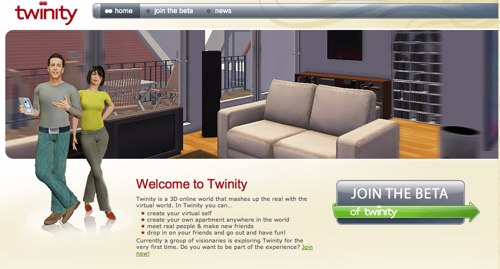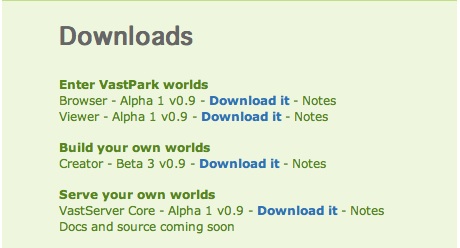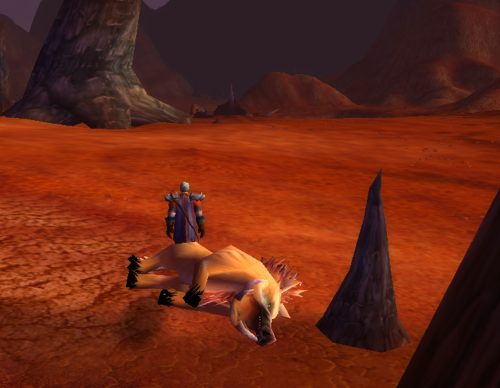Mattel have started to offer a subscription option for its Barbie Girls virtual world. There are literally millions of active users now so Mattel will be hoping a decent percentage of those will beg their parents to fork out US $5.99 per month to be able to customise their avatars more and spend the ‘B Bucks’ their free account has earned.

(Image from barbiegirls.com)
If you were ever in any doubt about the momentum of virtual worlds, you only need to spend a little time perusing the pre-adult offerings to know where the future lies for online social interaction.
Let’s hear your thoughts – would you pay out for your child to access Barbie Girls VIP? And if not, why not?
A heads-up to GigaOM for the original story.



Recent Comments